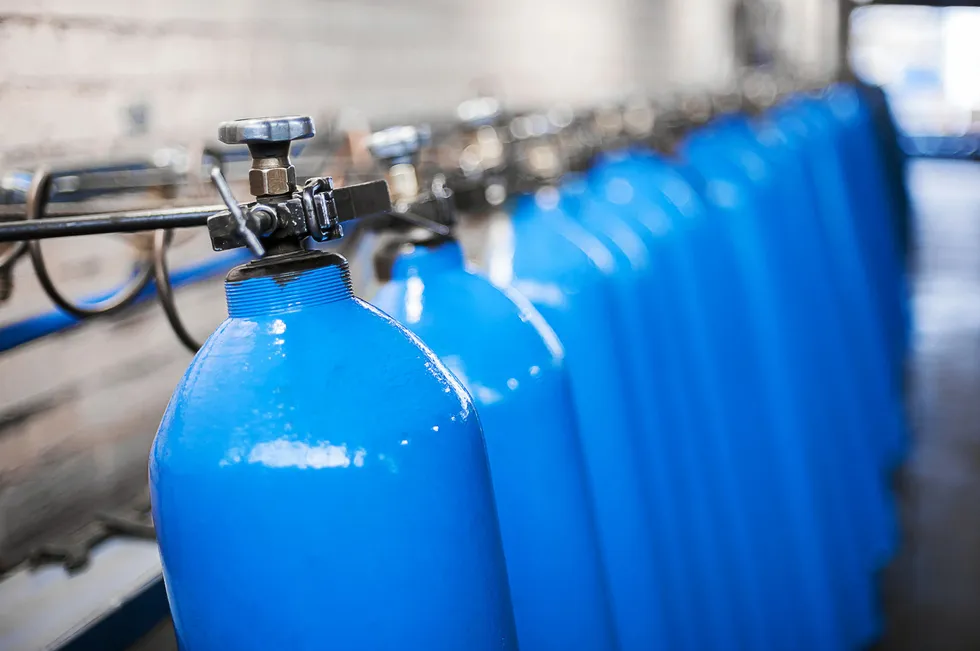'Blue hydrogen now cheaper to produce than grey H2 in Europe due to high carbon prices': ICIS
For new methane-based hydrogen production, it would cost less to invest in carbon capture than to pay for unabated CO2 emissions over its lifetime, analyst says
